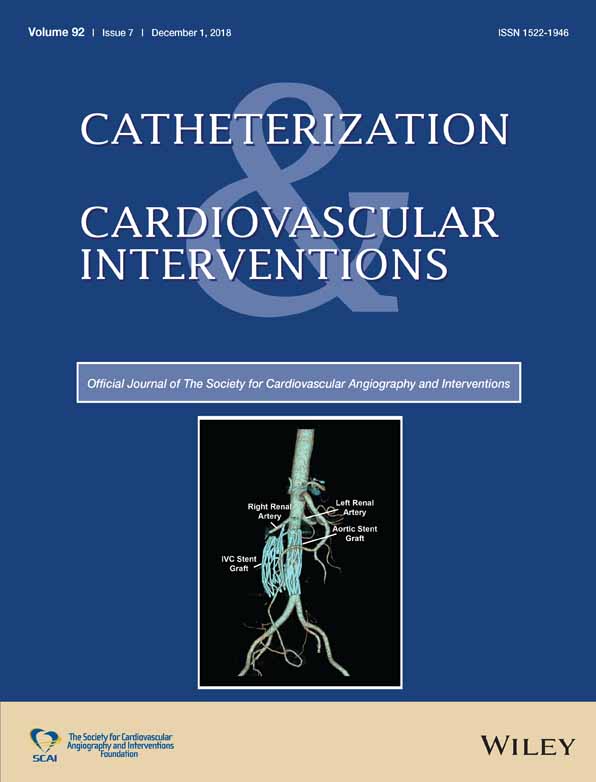Open sesame technique in percutaneous coronary intervention for ST-elevation myocardial infarction
Abstract
In patients with ST-elevation myocardial infarction (STEMI), delays in reperfusion attenuate the benefit of primary percutaneous coronary intervention (PCI) and associate with higher mortality rates. Although PCI operators are making their best effort in time saving for reperfusion, it is sometimes challenging and takes time to pass the guide wire across the target lesions. A totally occluded lesion in which a side branch was bifurcating at the proximal end of the occluded segment is one of the most technically challenging anatomies of the target lesion because it is difficult to identify the entry point of the occluded segment. A side branch technique, termed “Open Sesame Technique” (OST), has been previously introduced for chronic total occlusion (CTO) lesion in which a side branch was bifurcating at the proximal end of the occluded segment. We herein present two cases applying this technique in STEMI with totally occluded lesions at bifurcation as a culprit lesion, in which the entry point was not identified on the initial angiography. PCI were performed successfully using the OST in both cases, which resulted in saving procedural time and contrast volume without any complications. This technique can be effective not only in PCI for CTO lesions but also in primary PCI for STEMI cases with occluded bifurcation lesions.
CONFLICTS OF INTEREST
The authors declare that there is no conflict of interest.




